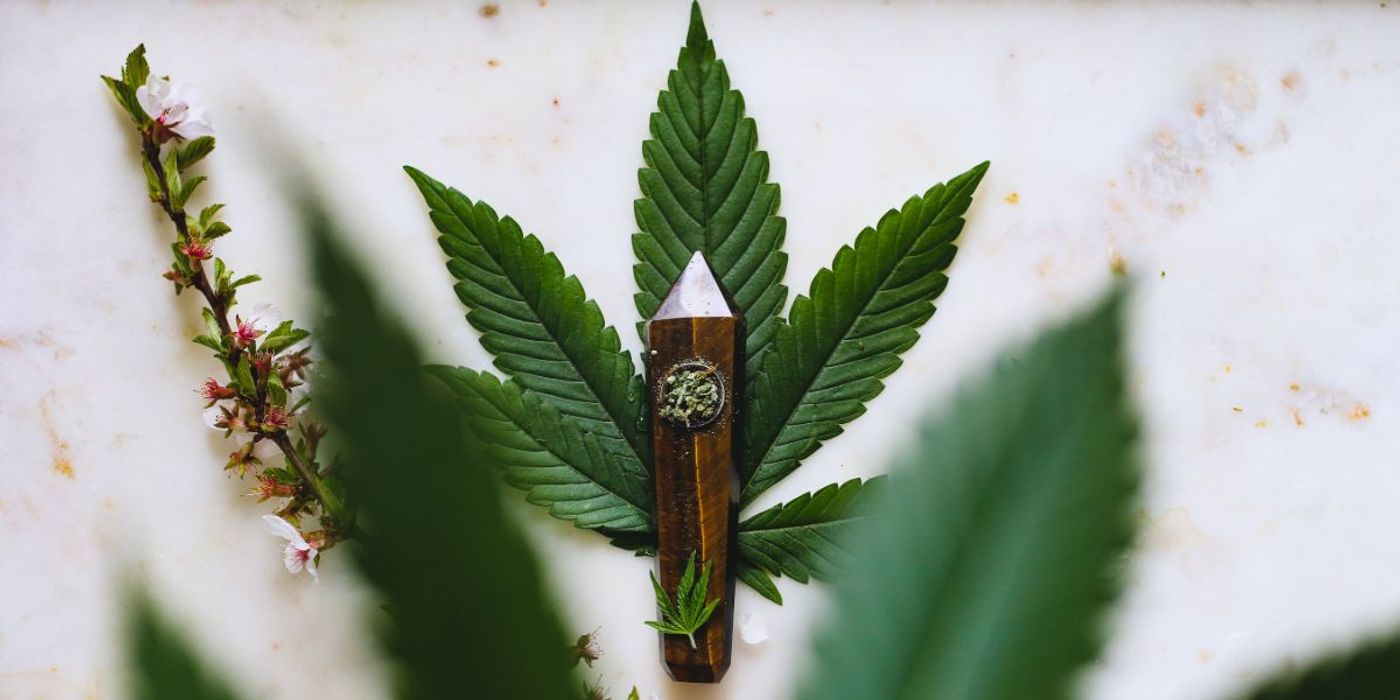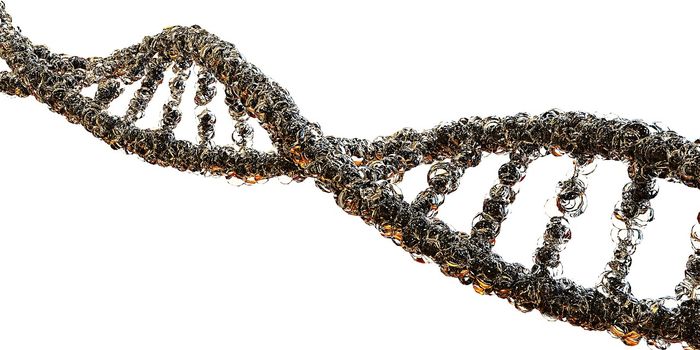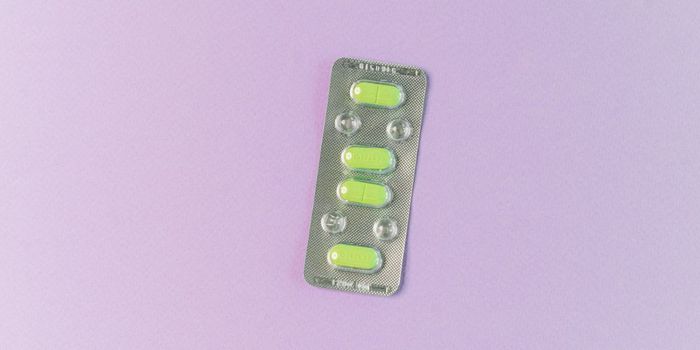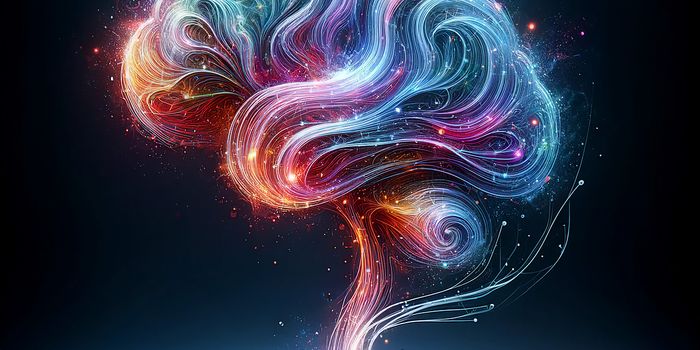Over 90% Cannabis Products Too High for Pain Relief
New research has found that the vast majority of legal cannabis products across the US are stronger than necessary for pain relief. Although many may interpret this as a good thing, researchers warn that such high levels may produce unwanted negative side effects among users.
Many earlier studies have found that concentrations of up to 5% tetrahydrocannabinol (THC), the main psychoactive ingredient in cannabis responsible for both pain relief and intoxication, is sufficient to reduce pain from chronic disorders, while maintaining minimal side effects.
When conducting their study however, the researchers from Wake Forest School of Medicine in North Carolina, found that most cannabis products have much higher concentrations of THC, potentially putting patients at risk of developing cannabis-use disorders and other negative side effects.
For the research, Alfonso Edgar Romero Sandoval, associate professor of anesthesiology at Wake Forest School of Medicine, and his team recorded THC concentrations and cannabidiol (CBD) concentrations from 8,505 cannabis products from 653 dispensaries across California, Colorado, Maine, Massachusetts, New Hampshire, New Mexico, Rhode Island, Vermont and Washington.
Comparing concentrations of both THC and CBD between the products, they found that over 70% of the products had THC concentrations of 15% or more, with most of the others advertising THC concentrations exceeding 10%.
Given that between 60% and 80% of medical marijuana users use the substance for pain relief, the researchers worry that the higher concentration of THC entails a greater risk both for developing dependency and tolerance. This means that over time, users gradually require higher and higher concentrations to achieve the same effect, putting them at even further risk of developing cannabis-related disorders.
This comes in particular following research from 2019 finding that higher THC concentrations may be linked to greater rates of psychosis, as well as lower levels of CBD, suspected to have antipsychotic properties.
Romero-Sandoval said, “It can become a vicious cycle...Better regulation of the potency of medical marijuana products is critical. The FDA regulates the level of over-the-counter pain medications such as ibuprofen that have dose-specific side effects, so why don’t we have policies and regulations for cannabis, something that is far more dangerous?”
Sources: SciTechDaily, PLOS and New Atlas









